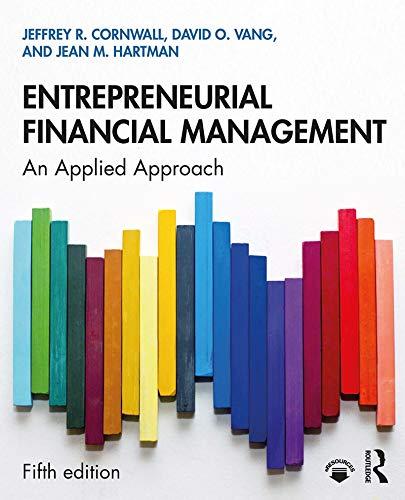Answered step by step
Verified Expert Solution
Question
1 Approved Answer
I need help checking my answers for 7 & 8. For 7, i am unsure how to explain bond riskiness other than the normal rating
I need help checking my answers for 7 & 8. For 7, i am unsure how to explain bond riskiness other than the normal rating scale. then for 8, so far I have found the FV of reinvestment to be $2,262.04, $0, $3770.06, amd $4524.08. is this right so far? 

seminar. She referred back to her investment analysis textbook to dig and interested they were to know more about the opportunities offered by bond investing. Jill knew that she would have a good turnout at the out some definitions and examples that she could use in her Power Point presentation. She downloaded current data for outstanding bonds of various maturities, ratings, and coupon rates (see Table 1) and started ivated, surprised technical aspects of fixe preparing her slides. Table 1 Corporate Bond Information Face Coupon Value Rate Rating Quoted Price Years Until Sinking Maturity Fund Call Period Issuer 6% 20 Yes ABC Energy $1,000 ABC Energy $1,000 TransPower $1,000 Telco Utilities $1,000 3 Years NA 0% 20 Yes AAA $809.10 AAA $211.64 AA $1025.00 AA $1300.00 10% 20 Yes 5 Years 12% 30 No 5 Years listed in Table 1, explain what this term means and how one can go about calculating it. 5. During the slideshow, Jill often made reference to a corporate bond's nominal yield and its effective yield, confusing some cli- ents about the definition and interpretation of each term. How should Jane explain the difference between nominal and effec- tive yield to maturity for each bond listed in Table 1? Which one should the investor use when deciding between corporate bonds and other securities of similar risk? Please explain. 6. Jill knows that the call period and its implications will be of particular concern to the audience. How should she go about explaining the effects of the call provision on bond risk and return potential? 7. How should Jill go about explaining the riskiness of each bond? Rank the bonds in terms of their relative riskiness. 8. One of Jill's best clients poses the following question: "If I buy 10 of each of these bonds, reinvest any coupons received at the rate of 6% per year, and hold them until they mature, what will my realized return be on each bond investment?" How should Jill go about demonstrating the solution to this question? seminar. She referred back to her investment analysis textbook to dig and interested they were to know more about the opportunities offered by bond investing. Jill knew that she would have a good turnout at the out some definitions and examples that she could use in her Power Point presentation. She downloaded current data for outstanding bonds of various maturities, ratings, and coupon rates (see Table 1) and started ivated, surprised technical aspects of fixe preparing her slides. Table 1 Corporate Bond Information Face Coupon Value Rate Rating Quoted Price Years Until Sinking Maturity Fund Call Period Issuer 6% 20 Yes ABC Energy $1,000 ABC Energy $1,000 TransPower $1,000 Telco Utilities $1,000 3 Years NA 0% 20 Yes AAA $809.10 AAA $211.64 AA $1025.00 AA $1300.00 10% 20 Yes 5 Years 12% 30 No 5 Years listed in Table 1, explain what this term means and how one can go about calculating it. 5. During the slideshow, Jill often made reference to a corporate bond's nominal yield and its effective yield, confusing some cli- ents about the definition and interpretation of each term. How should Jane explain the difference between nominal and effec- tive yield to maturity for each bond listed in Table 1? Which one should the investor use when deciding between corporate bonds and other securities of similar risk? Please explain. 6. Jill knows that the call period and its implications will be of particular concern to the audience. How should she go about explaining the effects of the call provision on bond risk and return potential? 7. How should Jill go about explaining the riskiness of each bond? Rank the bonds in terms of their relative riskiness. 8. One of Jill's best clients poses the following question: "If I buy 10 of each of these bonds, reinvest any coupons received at the rate of 6% per year, and hold them until they mature, what will my realized return be on each bond investment?" How should Jill go about demonstrating the solution to this
Step by Step Solution
There are 3 Steps involved in it
Step: 1

Get Instant Access to Expert-Tailored Solutions
See step-by-step solutions with expert insights and AI powered tools for academic success
Step: 2

Step: 3

Ace Your Homework with AI
Get the answers you need in no time with our AI-driven, step-by-step assistance
Get Started


